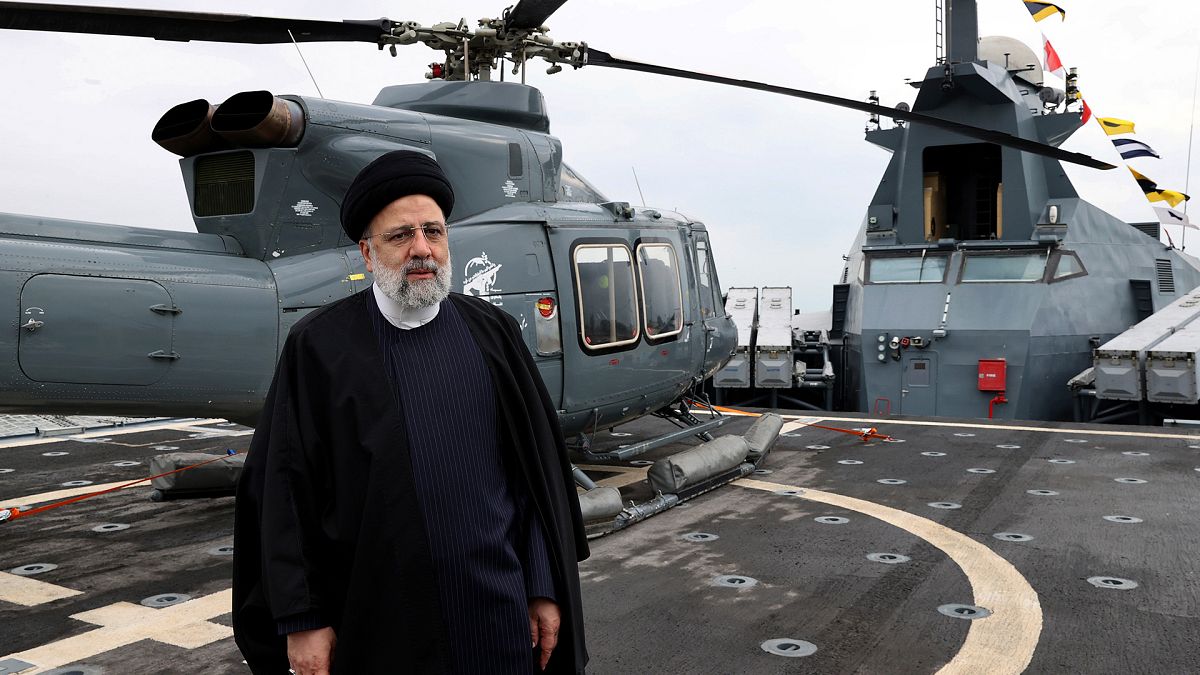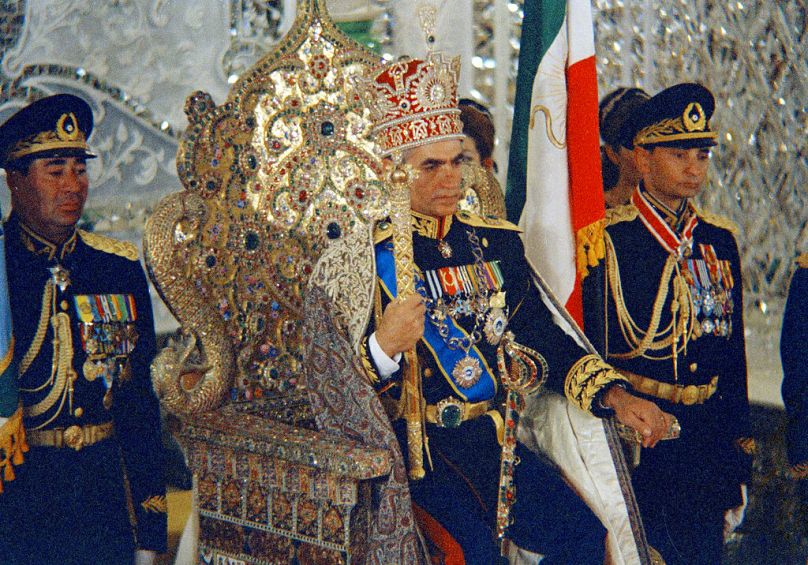The US-made Bell 212 that crashed on Sunday with President Ebrahim Raisi, Foreign Minister Hossein Amirabdollahian and several members of their entourage on board was most likely purchased during the rule of Shah Mohammad Reza Pahlavi.
Iranian president's helicopter that crashed on Sunday in inclement weather turned out to have been a well-known Vietnam-era war relic — or at least its civilian counterpart.
The US-made Bell 212 carrying President Ebrahim Raisi, Foreign Minister Hossein Amirabdollahian and several members of their entourage is a refitted non-combat version of the omnipresent UH-1N "Twin Huey," which is still widely used globally.
Despite its proven longevity, questions arose over whether it was fit for purpose, while the fact that the Tehran regime has been under Western sanctions for decades might indicate that proper maintenance of the chopper was uncertain.
After the crash, experts pointed out that the nearly 50-year-old Bell 212 was built to fly in visual flight conditions, meaning that the pilot had to rely solely on their ability to observe the terrain from their seat.
Heavy fog and a brewing storm on Sunday likely impeded the pilot and might have contributed to the crash in northwestern Iran, some 20 kilometres from the border with Azerbaijan.
The heavily forested area is known for its steep mountain slopes, further complicating the rescue, which ultimately involved Turkish drones and an EU observational satellite.
Iranian officials said the other two helicopters in the three-copter presidential convoy had landed safely. It is unclear if and how badly they were affected by harsh flight conditions, while the lack of information from Tehran means the details of the accident are still shrouded in mystery.
Tehran regime still flies on Shah-bought aircraft
The Bell 212, said to have been operated by the Red Crescent Society of the Islamic Republic of Iran by local media, was likely purchased before the 1979 Islamic Revolution.
Iran's Shah Mohammad Reza Pahlavi was known for his love of flying. A qualified pilot himself, Pahlavi often wore the uniform of the Marshal of the Imperial Iranian Air Force (IIAF) — established by his father, Shah Reza Pahlavi, in 1920 — and invested more in it than in any other branch of the armed forces.
This led to a series of aircraft purchases meant to create a top-of-the-line air force fleet, with Iran the only country other than the US to operate the F-14 Tomcat. Helicopters, like the Bell-made AH-1 Super Cobra and Chinook, also prominently featured in the IAAF's arsenal.
However, the US arms embargo against the Islamic Republic's government meant the rebranded Islamic Republic of Iran Air Force soon saw most Western-made aircraft fall into disrepair.
The Tehran regime, however, continued to operate a limited number of aircraft by cannibalising the existing fleet and reverse-engineering the much-needed parts.
This practice was supplemented by purchasing weapons and equipment from the likes of the Soviet Union and China. Yet, continued issues with its ageing fleet were fully exposed during the 1980-1988 Iran–Iraq War when Tehran suffered significant losses of both aircraft and their best pilots.
Some of the shah-bought aircraft survived to this day, however. Although Iran's current capabilities are unknown, a 2024 estimate by Flight Global claimed that at least two Bell 212s were still operating in the country.
Who else operates Bell 212?
Introduced in 1968, the Bell 212 and its several variants have been the workhorses of many military and civilian operators worldwide.
The UH-1N Twin Huey — its military version — was used by the US in global conflicts, including the Vietnam War and the 2003 invasion of Iraq. It is still used by the US Air Force and by Italy, Spain, Argentina, and Saudi Arabia, among others.
In 2024, Bell 212's services were mostly retained by police forces in Slovenia, Croatia, Serbia, North Macedonia and elsewhere, as well as the coast guards of Canada and Japan.
Depending on the configuration, it can carry one pilot (or two, if fitted with upgraded flight instruments) and up to 14 passengers.
The only other notable Bell 212 accident took place in the North Sea in September 1986, when a Scottish-operated medical emergencies chopper crashed while on a rescue mission, killing all six onboard. Heavy rain and poor visibility were deemed to have caused the crash.

